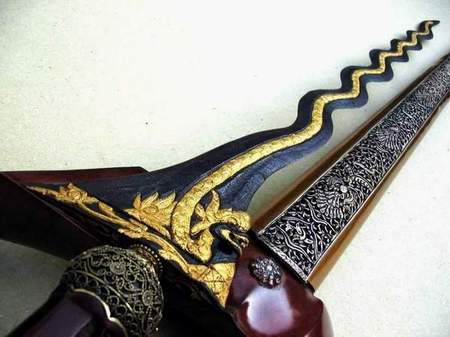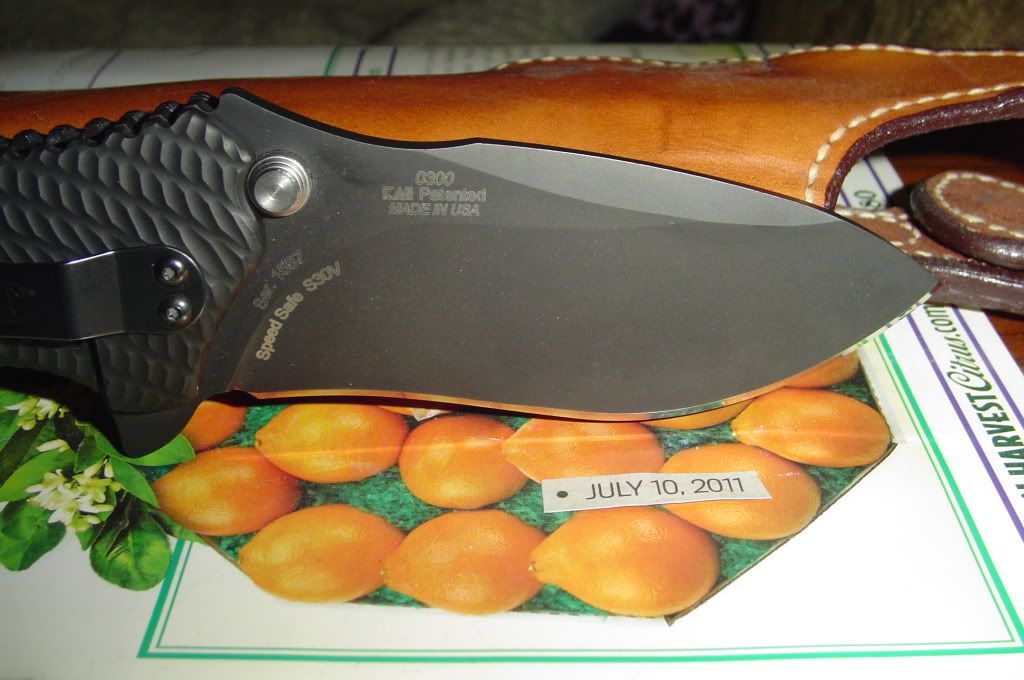Wanara009
 Troubadour
Troubadour
Reverse-Curve

Wavy

What purpose do they serve? They seems rather counter-intuitive. Wavy blades can't be used to slash properly, only stab (sure, I found some source that say it can make you stab deeper, but that only justify the existence of wavy-spearhead), and reverse-curve seems to be a good way to get your knife stuck.
I heard wavy blade also make the wounds harder to put back, but I can't verify it
Wavy

What purpose do they serve? They seems rather counter-intuitive. Wavy blades can't be used to slash properly, only stab (sure, I found some source that say it can make you stab deeper, but that only justify the existence of wavy-spearhead), and reverse-curve seems to be a good way to get your knife stuck.
I heard wavy blade also make the wounds harder to put back, but I can't verify it

 Istar
Istar
 Inkling
Inkling
 Dreamer
Dreamer
